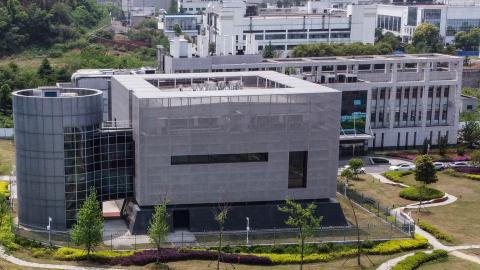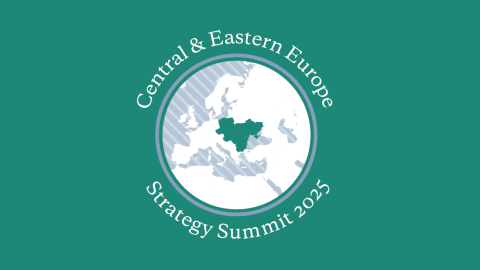The novel initiative is supposed to usher in a new era of American leadership across Asia. It’s a response to demand for more U.S. economic engagement in the region. But with just weeks away from the initiative’s roll out, the Biden administration’s Indo-Pacific Economic Framework looks all but doomed to fail.
Since October, Biden administration officials have been teasing the Indo-Pacific Economic Framework. According to the White House’s Indo-Pacific Strategy, the framework will help “harness rapid technology transformation,” “deepen our integration,” “develop new approaches to trade,” and “advance resilient and secure supply chains.” Commerce Secretary Gina Raimondo even suggested the framework could be more “robust in some ways than the traditional free trade agreement.”
But this optimism isn’t shared by countries that want to join the framework. Just last week, Sen. Bob Menendez (D-N.J.) mentioned that potential framework members are telling him the framework is “not sufficiently ambitious.” That’s because, although this framework touches on multiple aspects from infrastructure to taxes and more, it’s more about asking governments in the region to impose a higher standard of rules and regulations without giving them incentive to do so. It’s like asking for a trade deal with all the enforcement and no market access. It’s all stick and no carrot.
While there are several reasons that the framework looks doomed to fail, this is the biggest reason. The administration is unwilling (and unable) to commit more resources or offer market access to partners in Asia. Perhaps it’s because the framework is in direct competition with the Biden administration’s priorities to invest in American manufacturing. But it’s also because Congress is still unwilling to consider new trade agreements — even ones the U.S. needs with partners such as Taiwan. But as Sen. John Cornyn (R-Texas) recently lamented, the framework is a weak substitute to the traditional trade deal.
Overall, the framework is just a hodgepodge of bureaucratic jockeying, which adds to the level of frustration for potential members. The framework is co-led by the Department of Commerce and office of the U.S. Trade Representative (USTR), but these roles are not equal. Commerce is in charge of three of the framework’s four pillars: supply chains, infrastructure, and taxes and anticorruption. USTR is in charge of the trade pillar. And each pillar is broken down into more specific areas such as climate change or digital trade. The State Department is supposed to play a supporting role, but it’s preoccupied with the war in Ukraine. And so, Asia partners aren’t always sure who’s leading what.
The framework seems to be at a crossroads and the White House has three options it can take. For one, the administration can continue down its current path. Maybe it can successfully push a few good area-specific projects, such as a digital trade agreement. And diplomatically, it wouldn’t be hard for the White House to get a dozen or so countries to sign on to the framework. That’s because the barrier to entry is already so low. All a country needs to do is sign on to one element of the framework to be considered a member. But these shallow partnerships won’t usher in a new era of American economic leadership, nor will it sufficiently provide any supply chain resilience or trade security. It’s not meaningful, and therefore a failure.
The second option they could take is a pro-trade, pro-investment approach. This approach likely would lead to more meaningful engagement with more partners across Asia. But this also would require more political will and capital from both the White House and Congress. This includes giving the folks at USTR the tools they need — such as renewal of Trade Promotion Authority — to negotiate market access. It also means encouraging more investment in Asia, and not just investment in the U.S.
A third option would be to double down on enforcement. This approach would work more closely with partners in the region, such as Japan, Taiwan and South Korea, to focus more on competition with China; focus on technology; collaborate on export control and foreign investment screenings; and more. Already, there’s discussion among these countries about building some sort of alliance when it comes to semiconductor manufacturing. And so, if the administration isn’t planning to offer market access anyway, it might as well double down with partners who share our strategic interests.
Partners in Asia are eager to join the framework, which makes the current state of the framework so disappointing. Right now, they see this as just another go at virtue signaling with no actual commitment to the region. Unless the Biden administration chooses the right path, the Indo-Pacific Economic Framework will be more or less forgotten by the end of the year.
Read in The Hill



















